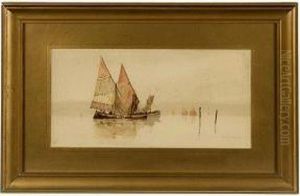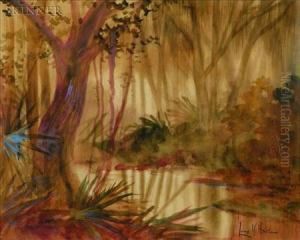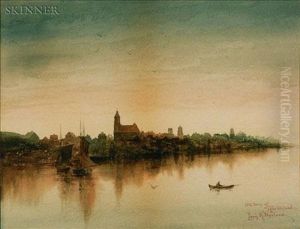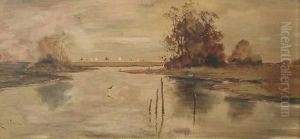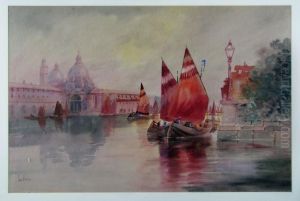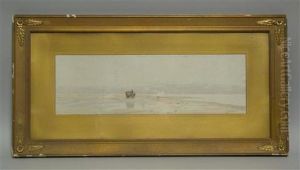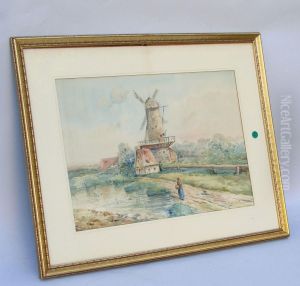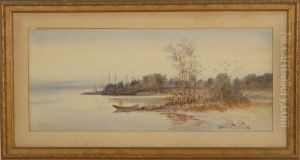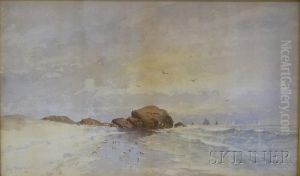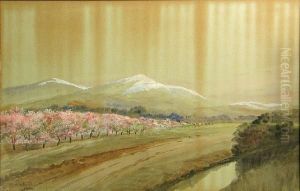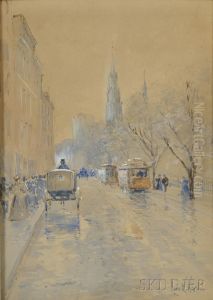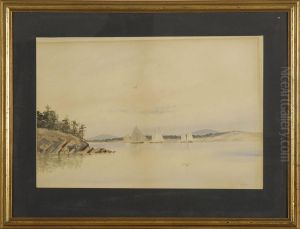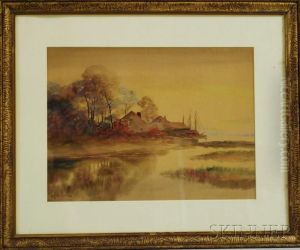Louis Kinney Harlow Paintings
Louis Kinney Harlow was an American artist born in Wareham, Massachusetts in 1850. Known for his watercolor landscapes, Harlow became a prominent figure in the American watercolor movement of the late 19th and early 20th centuries. He began his artistic training at a young age, showing a strong interest and talent in drawing and painting. Harlow continued his education in art at the Lowell Institute in Boston, Massachusetts, where he further developed his skills.
Harlow's work was heavily influenced by his New England surroundings. He often depicted tranquil scenes of the local countryside, coastal areas, and quaint villages. His gentle brushwork and attention to atmospheric effects helped to convey a sense of peacefulness and idyllic beauty in his paintings.
Throughout his career, Louis Kinney Harlow had a significant impact on the art community. He became a member of various art organizations, including the Boston Art Club and the American Watercolor Society. His work was exhibited widely, receiving recognition and praise for its technical proficiency and evocative qualities.
Harlow was also an educator, sharing his knowledge and passion for watercolor with the next generation of artists. He taught at the Worcester Art Museum and was committed to fostering an appreciation for the arts in his community.
Louis Kinney Harlow's legacy is marked by his contributions to American art, particularly in the realm of watercolors. His paintings are held in several collections and continue to be admired for their delicate beauty and serene depictions of the New England landscape. Harlow passed away in 1913, leaving behind a body of work that continues to inspire artists and art enthusiasts alike.
